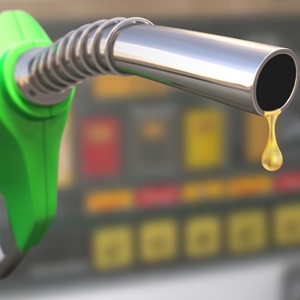
- By: Cheryl
- 0 comment
The combination of a weaker exchange rate this month and higher global petroleum prices means that there is currently an 82 cents per litre under-recovery – which is likely to translate into a similarly-sized petrol price increase early next month.
This is according to Old Mutual Multi-Manager Dave Mohr, who notes that the increase will mean that June’s petrol inflation could therefore jump to 16% – on the back of a reported petrol price increase of 9% in April and March.
“We have no option but to import oil for fuel and have no control over the oil price,” explained Mohr.
“If the oil price surges, as it has in recent weeks, it has a direct impact on inflation since petrol is 4.5% of the CPI basket. However, the true impact of a jump in the oil price depends on whether companies push up their selling prices to compensate for the fact that their input costs have increased.”
“This is the ‘second round’ impact of an oil price increase and will determine how the Reserve Bank responds,” he said.
“If workers demand higher wages in response to the increase in the fuel prices, that would be a significant input cost for most companies that they will in turn attempt to pass on to their consumers.”
He added that this could also result in a ‘wage-price’ spiral.
“Workers demand higher wages, firms respond with higher selling prices, which in turn cause workers to demand still higher wages.”
Fortunately, in a highly competitive and flexible economy, where firms have limited pricing power and workers limited bargaining power, a wage-price spiral will struggle to get going, he said.
“This is increasingly the case in South Africa, while in the US and elsewhere in the developed world, this is the key difference between today and the 1970s. In this way, a more competitive economy is more resilient to external shocks such as an oil price spike or exchange rate slump.”
“While the rand is still volatile, its impact on inflation has declined. Between 2011 and 2015, the rand depreciated by around 20% per year, without a sustained jump in inflation.
“In contrast, when the rand blew out in 2001, going from R7.50 per dollar to R12.50 per dollar, inflation tripled from 4% to 12% the next year,” he said.
Mohr said that the period since 2011 has also seen electricity tariffs triple, a drought-induced food price shock, and substantial oil price volatility.
“Despite all that, inflation has averaged 5.5% over this period. Compare this with average inflation of 14% in the 1980s and 9% in the 1990s.”
-BDLIve


